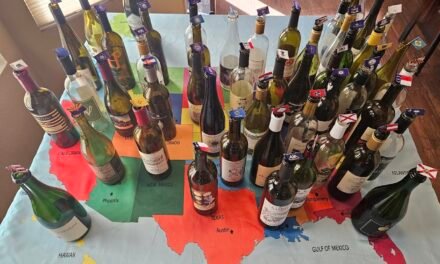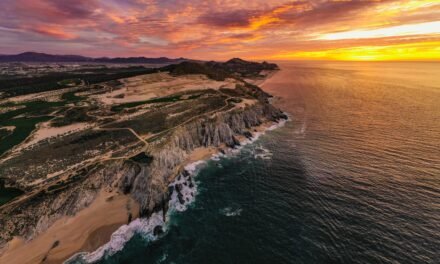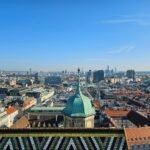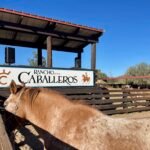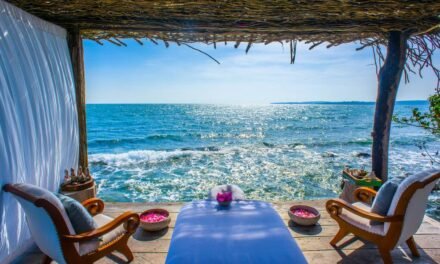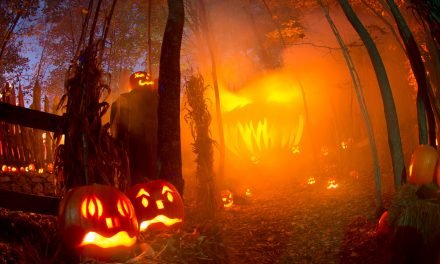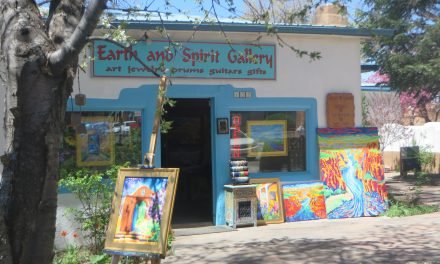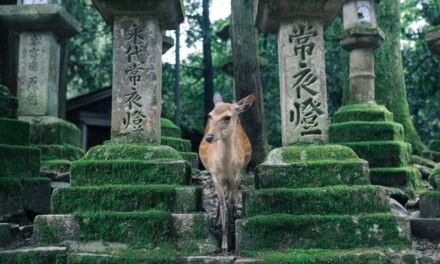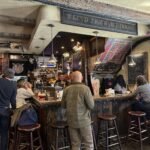
Nadine Robbins Paints Unconventional Portraits and Oysters

Whether Nadine Robbins is creating a large painting of a family portrait or a closeup view of vibrant red oysters glistening on a bed of ice, her approach is always unconventional. The unique perspective that she brings to her light-filled realistic paintings has attracted the attention of numerous collectors and praise from the art community.
For instance, critic John Seed, writing in the Huffington Post, chose Robbin’s portrait “Mrs. McDonald” as one of his “Ten Memorable Paintings for 2013.” Seed praised the “sultry mood and unique beauty” of the image, and was then inspired to write a second article — “An Alluring Woman with Fries” — dedicated to analyzing the painting more completely.
Nadine Robbins grew up in Southern France and currently lives in the Hudson Valley, New York. Her large portraits have been featured in exhibitions worldwide. The prestigious Royal Society of Portrait Painters in London selected “The Rolling Buns” (above) and “Acacia and the Bowman” to be included in two consecutive annual exhibitions.
Her nude portrait “Moxie” is part of the legendary Tullman Collection in Chicago, Illinois. The painting was also a finalist in the international Creative Nude Art Erotic Signature’s Art Competition.
Keith Shaw, art critic and art historian, referred to Robbins’ portrait, “The Golden Gown,” as “the best nude oil painting I’ve seen in the Berkshires, outside The Sterling and Francine Clark Art Institute in Williamstown, Massachusetts.” He remarked, “Nadine Robbins is a superb figure painter, and her double portrait is an American masterpiece.”

Nadine Robbins, PEACE, oil on linen, 72” x 66”. A year in the making, this painting of the Crosby family portrait, was recently unveiled at the Frying Pan Gallery, Wellfleet, Massachusetts to the delight of collectors Ned and Kelly Crosby from Osterville, Massachusetts.
A few weeks ago, I had the pleasure of asking Nadine Robbins a few questions about her art.
RP: Nadine, please tell me how you first became interested in art.
NR: Having lived in France, I grew up in a culture steeped in visual art. My mother, herself an artist, encouraged me and introduced me at a very early age to her favorite painters, Renoir, Picasso and Dali. Winning best artist in my elementary school was pretty memorable as well. I think that my fate was sealed. I guess art is in my DNA too.
RP: Your extraordinary portraits have been hailed as masterpieces and having unique beauty. What attributes do you think distinguish your portraits from those by other portrait painters?
NR: My portraits aren’t conventional. For years, I worked as a graphic designer, and I spent far too much time doctoring images of people in Photoshop. That drove me crazy. I don’t want to idealize my subjects or strive for any conventional sense of beauty.
People inspire me and I’m intuitively attracted to those who exude authenticity and confidence. When I’m at a photo shoot for a painting, I try to capture people in various ways, whether it’s a humorous pose or a candid one. These photo sessions are informal and improvisational. I stay on the lookout for moments that speak to my intuition. My best work has come when my plans go awry and I go with the moment. What comes from it are real, uncluttered and serendipitous moments.

Nadine Robbins, Mrs. McDonald, oil on linen board, 18” x 24”. This painting was chosen as a finalist in the 31st Annual Artist’s Magazine’s Competition.
RP: What do you try to capture in your portraits?
NR: I take a modern, uncluttered approach to portraiture by abandoning the rigid postures of traditional canvases. I invite people to relax and show their silly, sassy, confident or mysterious selves. I want to convey their personalities through a striking pose, sumptuous gown, eating french fries, or sticking out their tongues. Anything goes as long as my paintings depict real people in accessible—even vulnerable—moments.
With my portraits, I hope to give something to people that they can relate to and feel drawn to, and maybe a laugh and a smile as well. My portraits have personality.
RP: Your portrait subjects appear so natural. How do you prepare for your portrait commissions?
NR: To start, I love to get the chance to meet the people I paint and hang out; dinner, some drinks and relax. It’s a casual and comfortable way of getting to know each other and throwing ideas around. If we don’t have a chance to socialize, that’s ok. Either way, I just dive right in and start with a photo shoot that is kind of like a journey without any kind of fixed destinations.
Later, when I look over the photos, I often end up not picking the image I planned or thought was going to be “the one” during the shoot. The final image choice appeals to my visual sense of humor or intuition.

Nadine Robbins, Oysters in the Afternoon, oil on linen, 36” x 18”. This painting is available as a limited edition print.
RP: You achieve extraordinary accuracy, exquisite texture and light in your paintings. I’m sure your painting process is laborious. Please explain your painting process.
NR: I use traditional methods. I block in color where I apply a thin layer of oil paint — with only turpentine added — intended to help determine values and color relationships. I then apply a thicker layer, in which I add linseed oil to the turpentine and create what’s called a medium that is then added to the oil paint. The process “fat over lean” refers to the principle in oil painting of applying paint with a higher oil to pigment ratio (fat) over paint with a lower oil to pigment ratio (lean) to ensure a stable paint film. It is believed that the paint with the higher oil content remains more flexible. This second layer is where accurate color and shapes are crucial. It takes the longest.
The third and final pass is the most fun and much less technical. It’s where I add fine details and highlights or touches of black — all the goodies that make the painting pop and come alive.
RP: In addition to your portraits, you are also known for your incredible series of oyster paintings. How did they come about?
NR: I grew up outside Charleston, South Carolina and in Europe, always close to the sea and seafood. I’m crazy about food in general, and I chose oysters as a subject because they are something I really love. It was either going to be cheese or oysters. I opted for oysters, as they are better for my waistline! I see each oyster as an individual: sculptural and raw, beautiful and abstract.
RP: Do oysters still continue to hold your interest?
NR: Yes, in between my paintings of people, when I find myself in need of a moment to breathe and am hungry for new inspiration, I go back to my roots near the sea to paint oysters — pure and beautiful.
RP: Is there a particular philosophy that motivates you?
NR: I am driven by passion in whatever I do. I’m also a very hard worker, with a work ethic rooted in my years as a graphic designer. I relate to what the artist Chuck Close says: “I don’t work with inspiration. Inspiration is for amateurs. I just get to work.”
RP: Nadine, where can we view your art work in the near future?
NR: I’ll be part of a group show called “Immortality and Vulnerability” in Chicago in April of 2015. I’ll show two paintings, which I’m currently working on, that explore bad habits and guilty pleasures.
To see more of Nadine Robbin’s art work, visit her website at www.nadinerobbinsart.com

